Europe after Second World War
by Devender
0 2703
Many countries were freed from German rule by the Soviet armies. The communist party and other antifascist parties also played a major in the struggle against the Germans. These countries were Poland, Hungary, Romania, Bulgaria & Czechoslovakia. The governments of all these countries were dominated by communist parties by 1948.
Europe after Second World War
Up to the Second world war, the Soviet Union was the only country in the world led by a communist government but after the war, many countries were ruled by the communist governments. In all these countries, no other parties were allowed to exist or they only had minimal presence.
Thus, the political power was only in the hands of the Communists, and the presence of Soviet troops made sure the monopoly of power remains on communists. Even differences over policies within the communist parties were not allowed and the power was concentrated to only a few people.
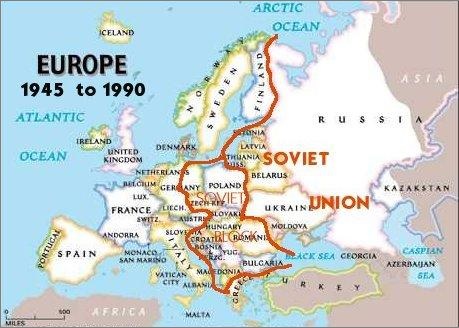
These countries were known as the "Satellites" of the Soviet Union. Only the communist party of Yugoslavia was the only ruling party that was not working under the Soviet Union but then no other party was allowed to exist in Yugoslavia.
- Partition of Germany:
- In September 1949, these three zones were united and a separate state called the Republic of Germany was formed
- Bonn was made the capital of this state
- In the Zone under the Soviet Union, all the lands were being distributed among peasants, and industry was taken out of private hands and made the property of the state
- In October 1949, the German zone under the Soviets was made a different state called the German Democratic Republic
- So, now Germany was divided into two zones
The four major powers after the Second World War - Britain, USA, France and the Soviet Union decided to divide Germany into four parts. They followed different policies to deal with social, economic & political issues in their zones. In the Zones under France, Britain, and USA, economic development continued on capitalist lines, and in 1948, all three decided to merge the zones and form a separate government there.
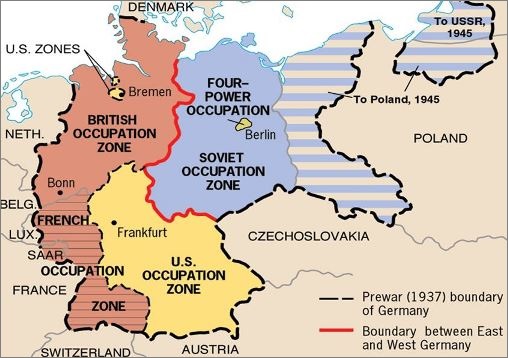
The division of Germany was the main reason for tensions in Europe and a major factor in the Cold war. On one hand, East Berlin which was under the German Democratic Republic was its capital while on the other hand, West Berlin which was inside GDR territory was considered part of the Federal Republic of Germany. In 1961, GDR built a wall between East and West Berlin to prevent people from roaming into another territory.
This wall became another reason for arise of tensions in Europe. The process of reunification of Germany and ending the communist rule began in 1989 when the Berlin wall was opened and political parties called the Socialist Unity party entered the scene. Elections were held in Germany in 1990 and Germany got unified then.
- The collapse of the Soviet Union:
- Gorbachev’s Rise 1985 & Fall of USSR:
- Important changes also took place in countries which were ruled by communist parties
- The outbursts against the Soviet control and communist government in these countries were suppressed by the Soviet troops
- The changes in Soviet Union also affected these countries directly
- The monopoly of political power in these countries enjoyed by the communist party came to an end
- Free elections were conducted and new governments were formed
- The best thing about these changes was no violence was used to achieve these
The collapse of the Soviet Union also ended the communist rule in Europe. In 1956, three years after the death of Stalin, the communist party denounced all the crimes committed by him.
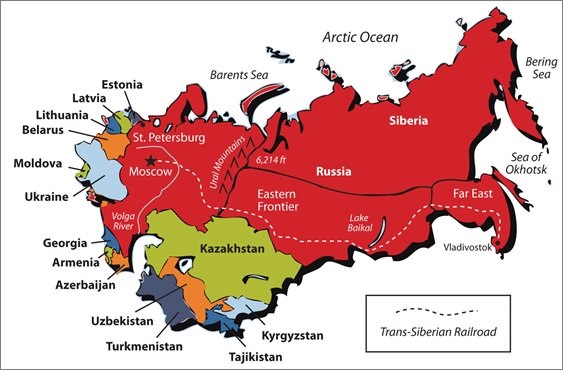
From 1985, Many important reforms were introduced in the political system of the Soviet Union which promoted political freedom and the hold of the communist party became loose and other parties were allowed to function.
In 1985, Mikhail Gorbachev became the leader of the Soviet Union and he instituted capitalistic reforms known as perestroika; & a limited expansion of political freedom known as glasnost. He also let the Berlin wall fall and reunification of Germany in 1990.
There was an interest for more prominent independence by the republics which established the Soviet Union. A few republics wanted to get free. There was an attempt to stage a coup by some leaders of the communist party in August 1991. The coup failed but many republics declared their independence and thus, Soviet Union began to break up.
On 25 December 1991, Gorbachev who was the president of Soviet Union initiated the above-mentioned reforms & resigned. After this, the Soviet Union ceased to exist. 15 Independent republics emerged in place of the Soviet Union.
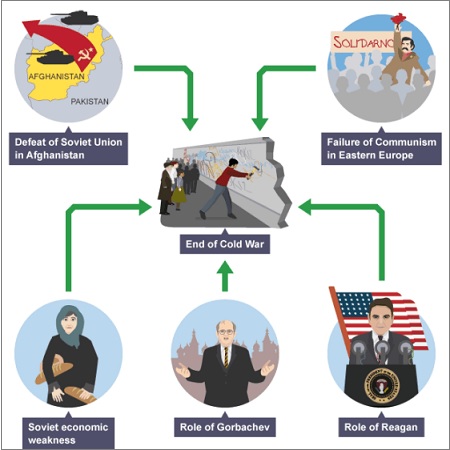
The Warsaw Pact, the tactical coalition which was going by the Soviet Union and of which the communist governed territories of Europe were members, was broken up in 1991.

Share:

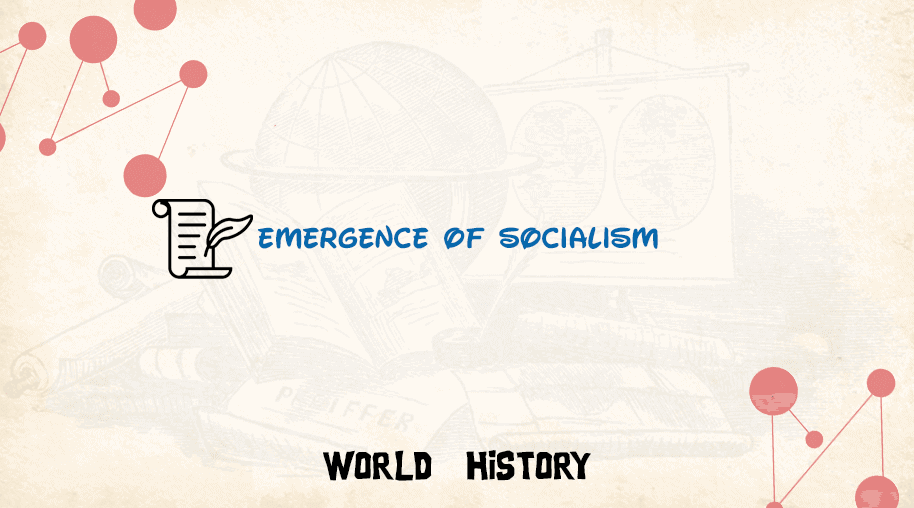
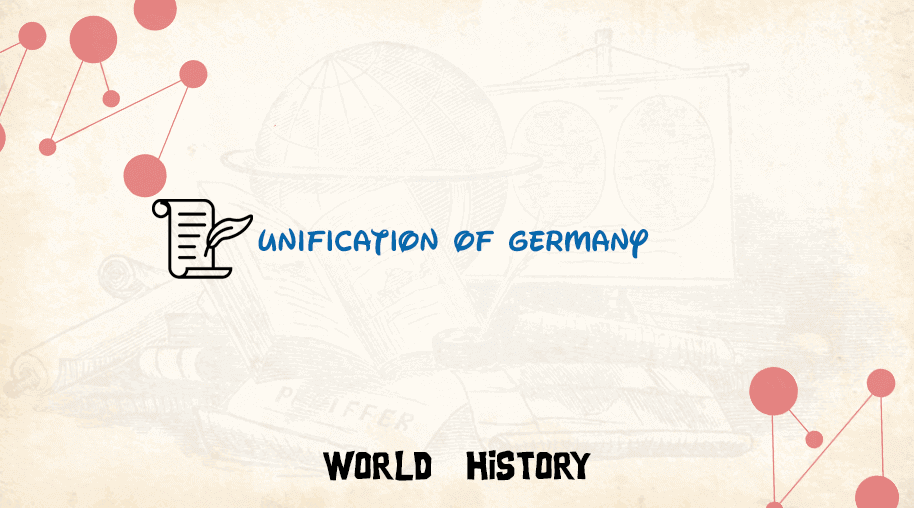
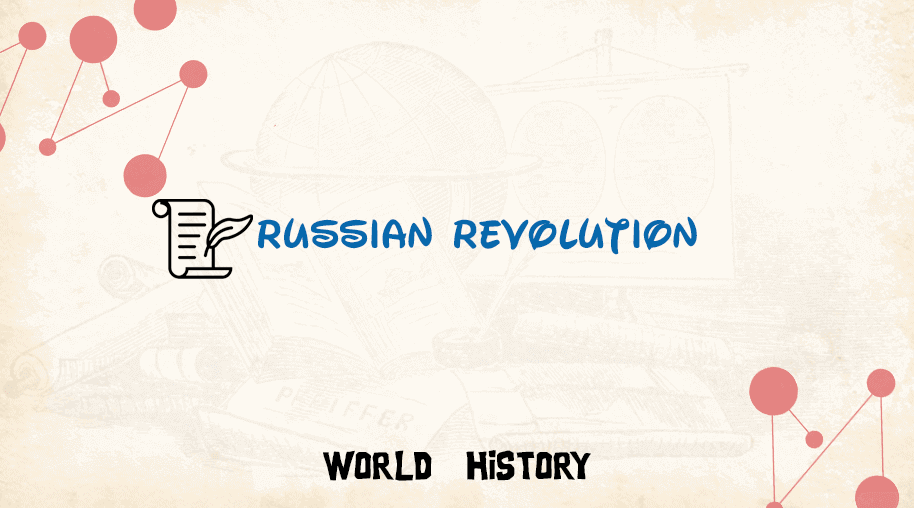
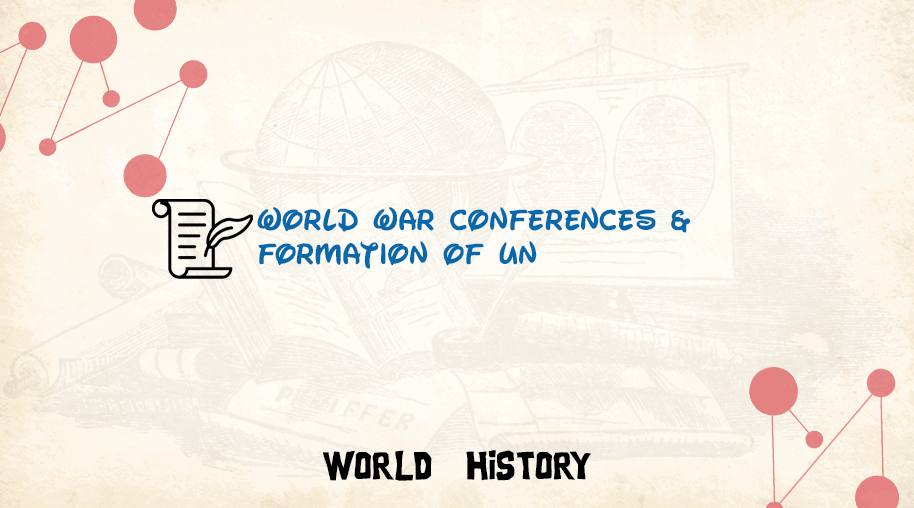


Comments
Waiting for your comments